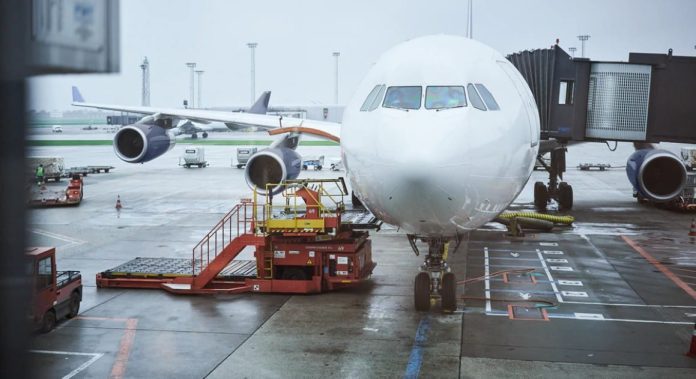The two companies are teaming up to grasp new business potential in the fast-growing market for private 4G and 5G mobile networks. The rising demand for private cellular network solutions comes as industries and enterprises increasingly need advanced digitalization to ensure their competitiveness.
Telecoms vendor Ericsson has teamed up with consultancy Capgemini to offer network operators support in supplying private LTE and 5G network solutions to enterprises. Telia in Sweden is the first to sign up.
The trio have signed a memorandum of understanding to identify, analyze, and carry out “joint commercial” private networking projects in the Scandinavian market. “These projects are designed to capture business opportunities involving digitalization and new digital services using dedicated 3GPP mobile networks,” said Ericsson.
Ericsson cited potential projects in mining, railways, airports, seaports, manufacturing, and hospitals.
Private networks can use licensed, unlicensed and, in some countries, shared spectrum in the 3.5-4.2GHz and 5GHz bands. Regulators have been releasing spectrum to both traditional mobile network operators and specialist service providers, and in some countries to local industries and enterprises. These moves have helped to accelerate the deployment of private networks.
The market for private networks, services, and solutions will be worth €60-70 billion by 2025, according to management consultancy Arthur D Little. Ericsson has entered into agreements for supply of networking gear for private LTE networks already with Telefónica, Telstra, Vodafone, Deutsche Telecom, and Elisa, as well as Telia.
Manuel Ruiz, head of mission critical and private networks at Ericsson, said: “Enterprises are seeking solutions to drive efficiency through the automation and digitalization of critical business processes. Mobile network technologies enable these companies to capture business value in areas such as industry automation and analytics, bringing efficiency, productivity and business model evolution to entirely new levels.”
Magnus Leonhardt, head of strategy and innovation at Telia Sweden, said: “Having complementary technology-related strengths, execution power, and reach, we can deliver joint solutions that reduce complexity for our customers by replacing a multitude of communications systems with one scalable, future-proof 3GPP solution for 4G and 5G. We do this while offering enterprises the highest possible quality throughout the service and process lifecycle.”
Jacques Assaraf, global head of the telecom, media and technology at Capgemini, said: “Private networks on 4G and 5G [are] a key driver to take digitalization to the next level. Through the collective experience we get through this partnership, we will be able to radically increase the impact of what we do for our customers.”
Ericsson has sought to highlight certain of its private networking projects. Mercedes-Benz is building a 220,000 square-metre production facility called Factory 56 in Stuttgart. All production systems and machines will be connected and operated via 5G, from Telefónica Germany and Ericsson, that will achieve real-time low latency performance while handling enormous amounts of data.
Ericsson is providing the same, this time with Vodafone Germany, at the e.GO electric car factory in Aachen, Germany, where 5G will support fully autonomous guided vehicles (AGVs) to “replace the traditional production line”. Network slicing and mobile edge computing are part of the deal.
As well, Telstra’s mining division in Australia announced its second private LTE mining partnership with Ericsson. The project involves the development of an underground private 4G network for South32’s Cannington mine in North West Queensland. It will be one of the largest LTE networks for underground mining in the world, said Ericsson.
The Swedish vendor is also running dedicated cellular network at its own production factory in Tallinn, Estonia, for AGVs and augmented reality (AR), along with large-scale real-time data collection and analytics.

